Art McElroy farms in southern Saskatchewan, 50 miles east of Alberta. “My wife Leslie and I — and our children — moved here from the family farm in Alberta in 1996 when I was 44. When we moved here, it was a mixed farm. We ran livestock and grain farmed for 11 years. This is […] Read more
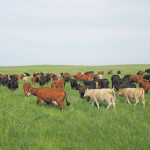
Intensive grazing, sell-buy marketing stabilized this operation
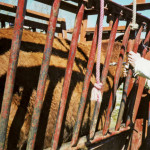
Adverse reactions to vaccines and drugs in cattle
Allergic reactions can range from hives to itching or swelling to systemic shock leading to fluid in the lungs and sudden death
Occasionally cattle experience a reaction to vaccine or medication (injected, applied topically or given orally). An allergic reaction can be mild and local (swelling at the injection site after vaccination) or serious and fatal — if the animal goes into anaphylactic shock. Many of the things we administer are foreign to the animal’s body, and […] Read more
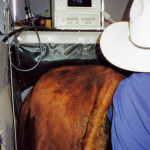
Preg testing cows is easier than it used to be
Most beef producers routinely pregnancy test cows after breeding season, to determine which ones to keep and which ones to sell. It’s a major cost to feed open cows through winter. Another major reason is that finding more than a typical number of open cows can alert you to a disease problem. Trichomoniasis, vibriosis, IBR, […] Read more

Looking for a payoff from energy-dense forages
Clayton Robins, the current executive director of the Manitoba 4-H Council, has been researching forages for a number of years. In 2008 he was part of a team from Canada that went to Argentina to look at the forage-fed beef value chain. “We spent most of our time there with Dr. Anibal Pordomingo who was […] Read more
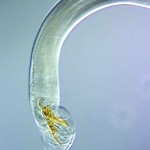
Don’t ignore drug-resistant parasites
Dr. John Gilleard, the associate dean of research and professor of parasitology at the University of Calgary faculty of veterinary medicine says most of the studies about drug-resistant worms in cattle were done in the U.S. and Europe but the story they tell is applicable to Western Canada. “What has happened in the past 10 […] Read more

Ryegrass works for winter grazing cows
The only drawback is some extra birth weight on the calves
Andy Schuepbach, a registered Hereford breeder in southern Alberta, uses two varieties of ryegrass to provide fall and winter feed for his cattle. The high protein content of these grasses eliminates the need for any other protein source. “We grow barley for silage, and after it’s seeded we seed 10 pounds of a mixture of […] Read more
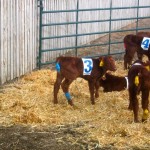
Looking for ways to manage the pain
The cattle industry is moving toward low stress handling, better ways to manage cattle, etc., but one issue that still needs to be addressed is pain management for routine procedures such as branding, castrating and dehorning. Dr. Eugene Janzen at the University of Calgary says the veterinary profession is rapidly changing its attitude to pain […] Read more
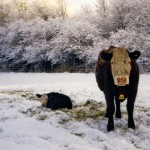
What to do about cold stress in newborns
Calves born in cold weather may suffer adverse effects if they are unable to get right up and nurse before they become chilled. Dr. Steve Hendrick of Coaldale Veterinarians, Coaldale, Alta., says anyone calving during winter has to deal with these issues and it can be a challenge. “Make sure you have lots of bedding […] Read more
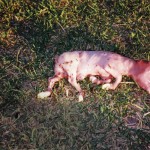
Why is she open?
Not all pregnancy losses are due to infection
After a cow is bred, she should calve about 283 days later. But sometimes the pregnancy is terminated early and when you go hunting for a reason you’ll discover they are many causes for a lost pregnancy. Most of the time when there’s a poor pregnancy rate in a herd we suspect infectious causes like […] Read more
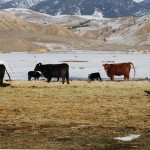
A calving checklist
Get ready ahead of time
Before calving, you want everything on hand that might be needed, and all facilities and equipment functional and ready for use. Don’t wait till the last minute to get machinery out of the calving barn or maternity pen if that’s where you parked it, or to try to find the new box of OB gloves […] Read more


